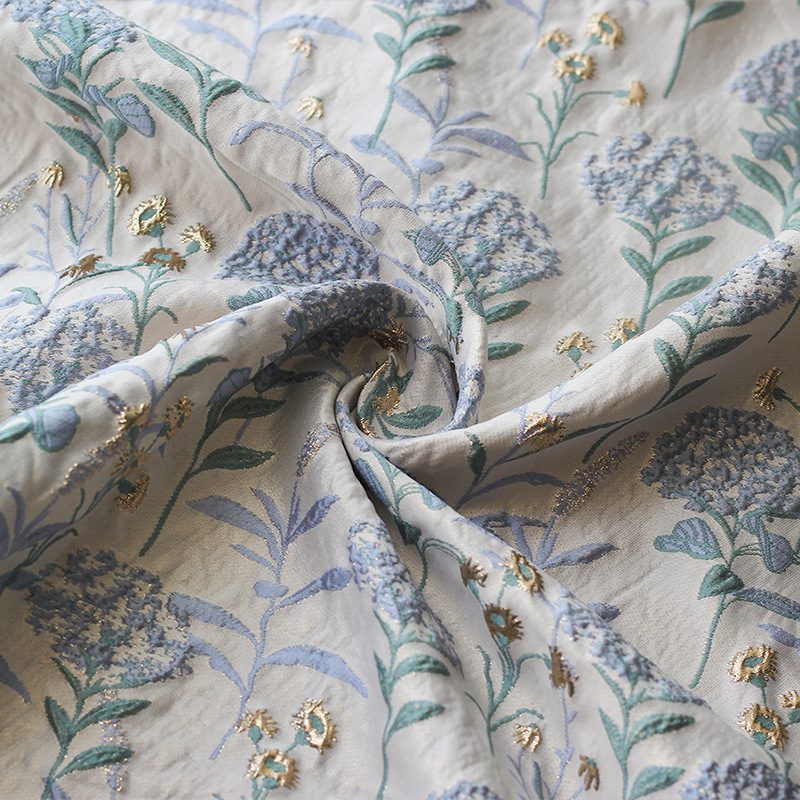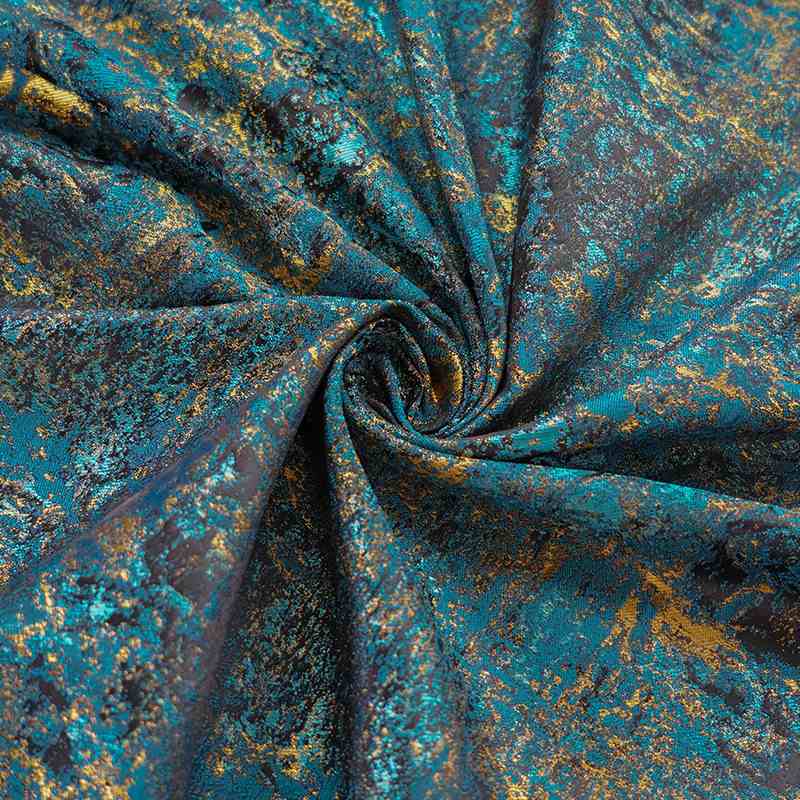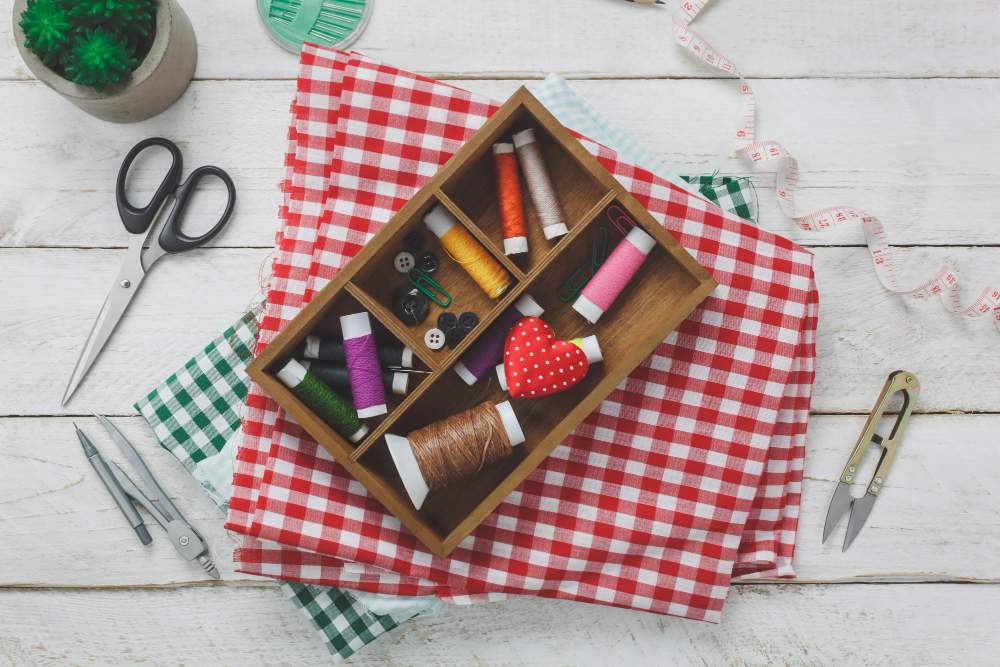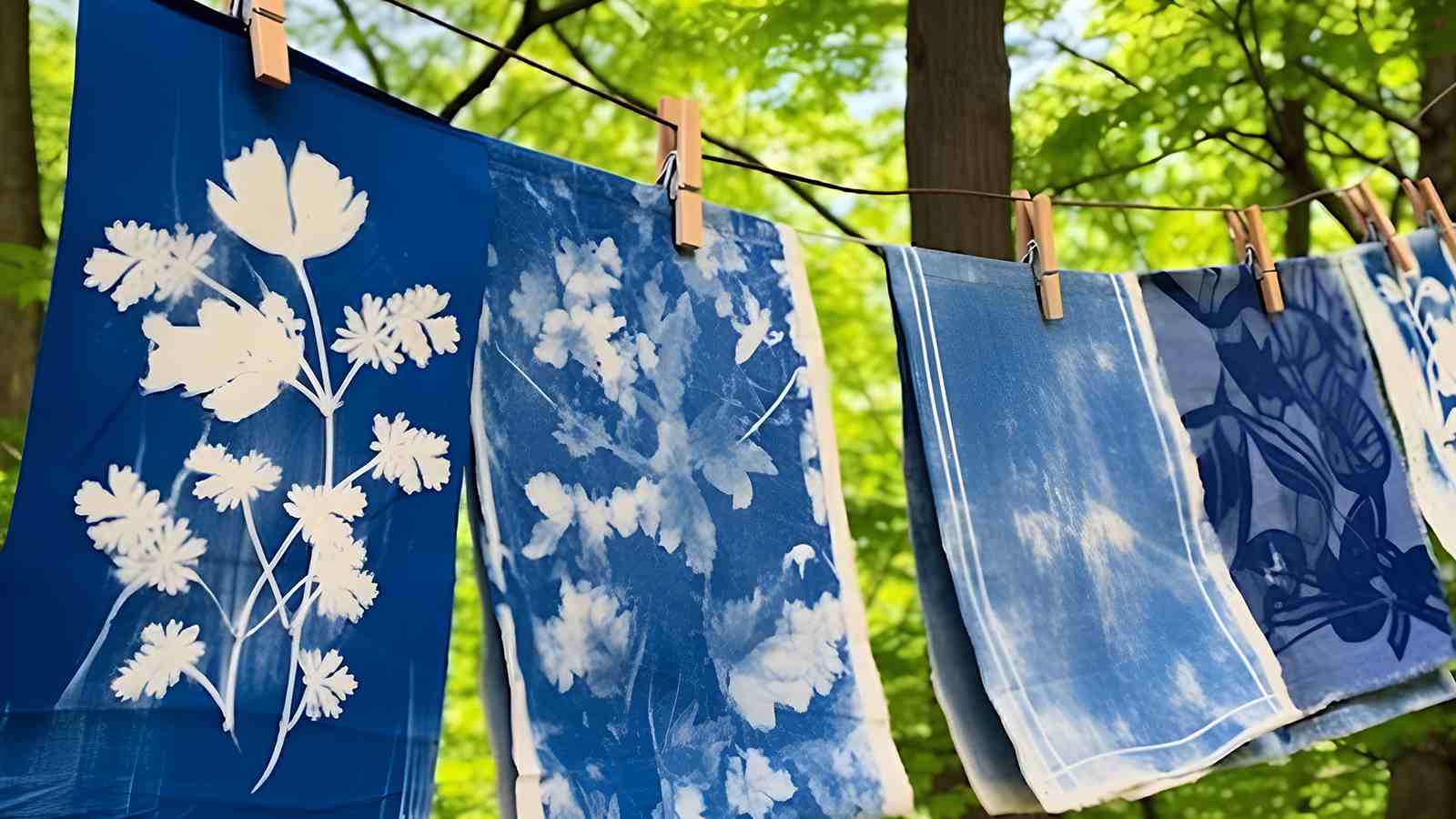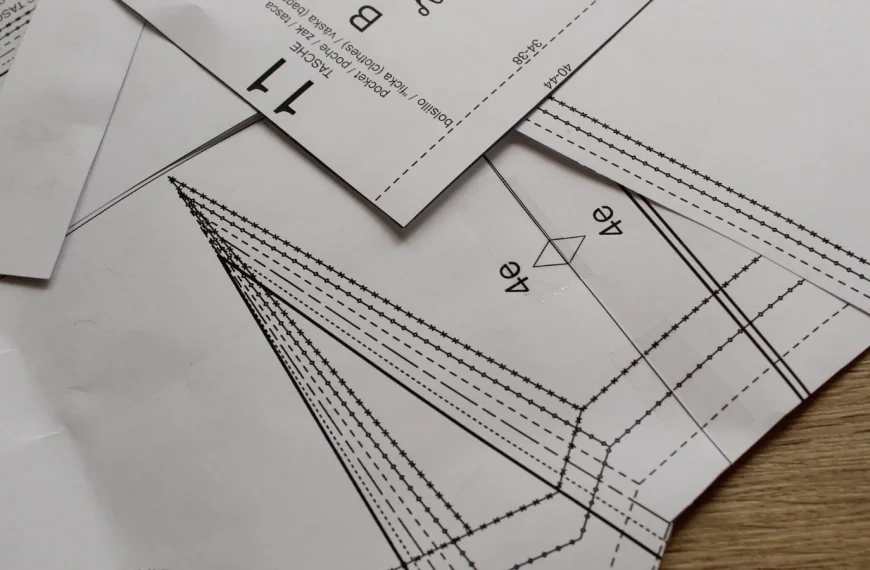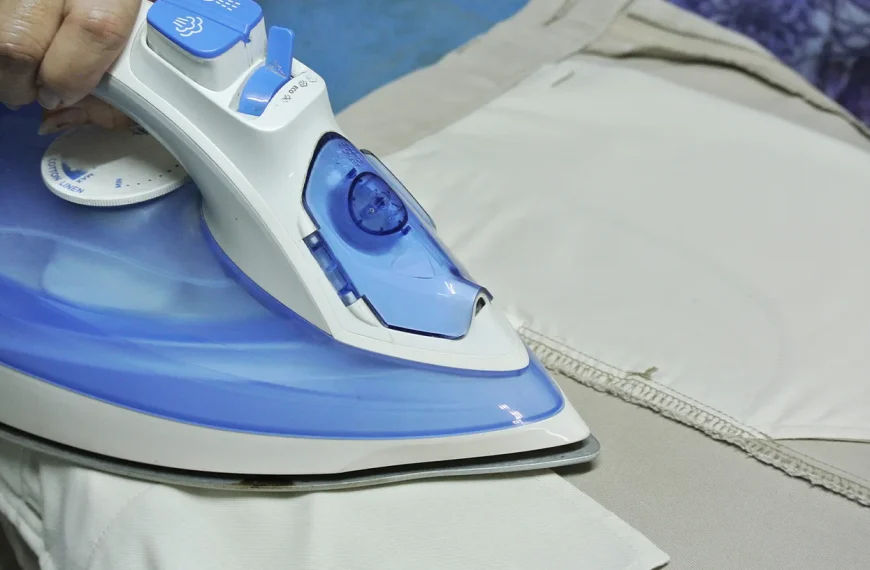Have you ever wondered “What can I use instead of interfacing?” Don’t let your creative process stall. Instead, embrace the potential of other fabrics as stellar alternatives.
It’s not only a crafty staple. It’s a game-changer for providing structure to your fabric creations. As you navigate these substitutes, tailor your approach to match the unique demands of your textile. By doing so, you’ll continue your work uninterrupted. You can also explore the depths of your ingenuity.
What is Interfacing Fabric?
Before you consider alternatives, it’s crucial to understand what interfacing fabric is. Interfacing fabric is a textile that structures certain parts of your clothing. You can add it to collars or cuffs. This unsung hero works behind the scenes, creating rigidity where you need it most.
Whether you choose sew-in or fusible interfacing, the goal is to attach it seamlessly to your fabric. This will ensure a crisp, tailored finish. As you embark on innovative sewing ventures, remember the role interfacing plays. It’s not only about the fabric you see. It’s about the structure and feel.
When considering a substitute, weigh your options carefully to maintain the integrity of your design. After all, every detail contributes to the masterpiece that’s your garment.
Precautions Before Using an Interfacing Substitute
Before opting for an interfacing substitute, consider the weight and drape to ensure it’s compatible with your fabric. Finding a suitable alternative for non-interfacing fabrics in garment making requires a methodical approach.
Here are some key precautions before using a substitute in place of interfacing:
- Test First: Always do a trial with a small piece to confirm the substitute provides the necessary stiffness and stability.
- Pre-shrink: Pre-shrink your chosen option for interfacing to avoid distortions after sewing.
- Sewing Guidance: Follow specific instructions. Consult tutorials for seamless integration into your project.
What Can I Use Instead of Interfacing? The 5 Best Sewing Substitutes
When you’re in a pinch and interfacing isn’t at hand, you can choose the same fabric as your garment for a harmonious and consistent drape.
Cotton has a versatile weave and natural stability. It’s a fantastic interfacing substitute, especially in lightweight and medium-weight fabrics.
For a more luxurious feel, linen’s crisp texture can elevate your project. It can blend strength and elegance seamlessly.
1. Choose the same fabric as an alternative
You can double up on the fabric you use to create a cohesive interfacing substitute that perfectly matches your project.
By choosing the same material as your main fabric, you maintain the integrity of the grain and weave. Ensure a harmonious drape and feel.
This method is particularly innovative for designers who prioritize a seamless look. The interfacing can be guaranteed to age and shrink at the same rate as the outer fabric.
Pre-wash the fabrics to preempt any discrepancies post-construction to achieve the best results.
Remember, this approach is all about precision. Aligning the layers carefully will prevent unwanted bulk or distortion, keeping your creation crisp and professional.
Embrace this bespoke solution to give your projects a custom, high-quality finish.
2. Use cotton as an interfacing substitute
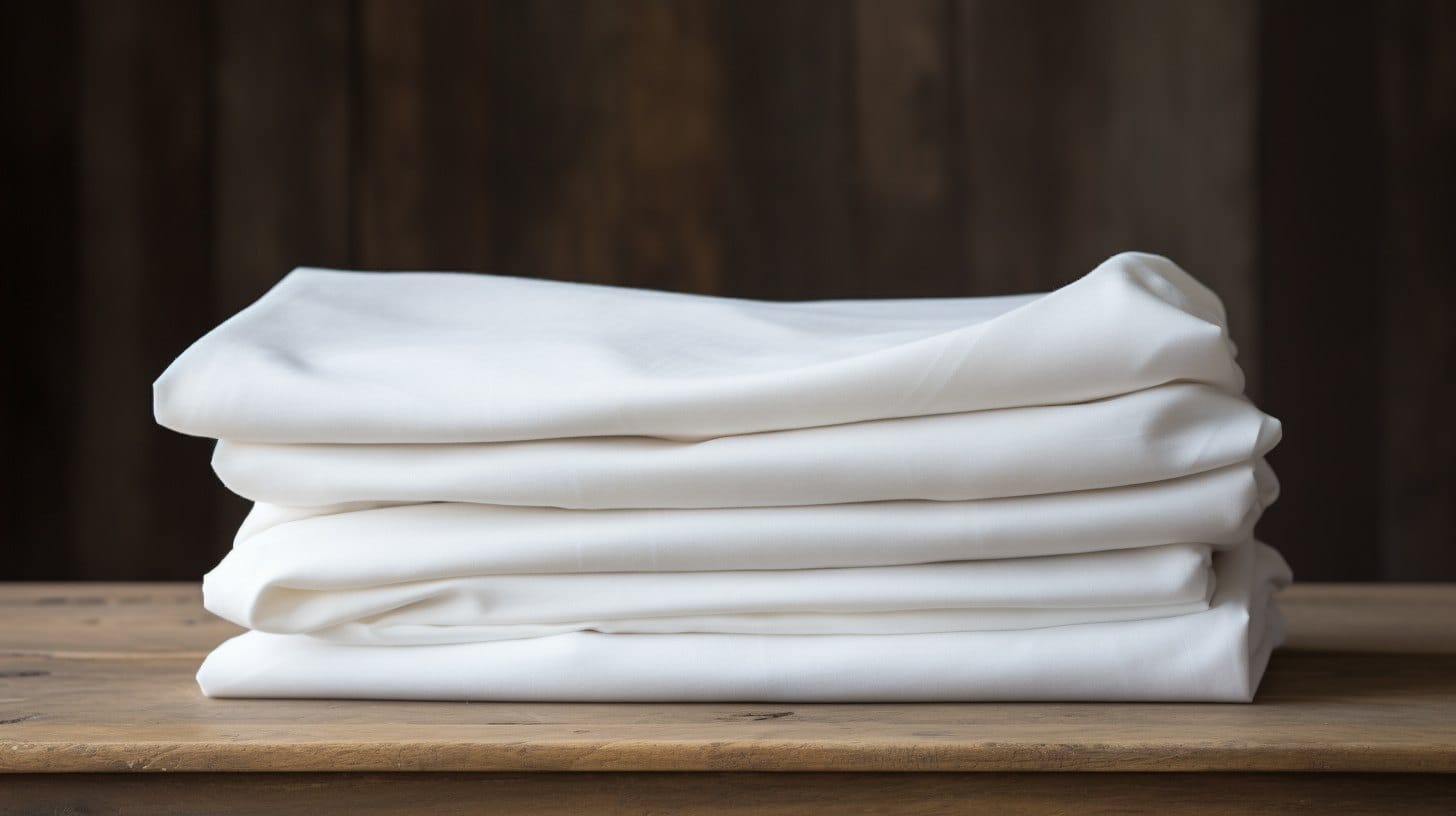
Considering cotton as your interfacing substitute, you’ll find it’s an excellent match in both weight and texture for many sewing projects. As an innovative sewer, you’ll appreciate cotton’s versatility and natural breathability. It’s not just a makeshift alternative. It’s a sustainable choice that enhances the integrity of your creations.
Here are some compelling reasons to use cotton as an interfacing substitute:
- Muslin Magic: A layer of muslin provides a sturdy yet lightweight structure, perfect for maintaining the shape without stiffness.
- Cotton Canvas: Cotton canvas is a robust backbone for heavier fabrics, ensuring your project stands the test of time.
- Customizable Layers: Doubling up thin cotton fabric can achieve the required stiffness, tailoring each layer to your unique project needs.
Embrace cotton as your go-to substitute, and let your innovative spirit shine through every stitch.
3. Choose linen to be used instead of interfacing
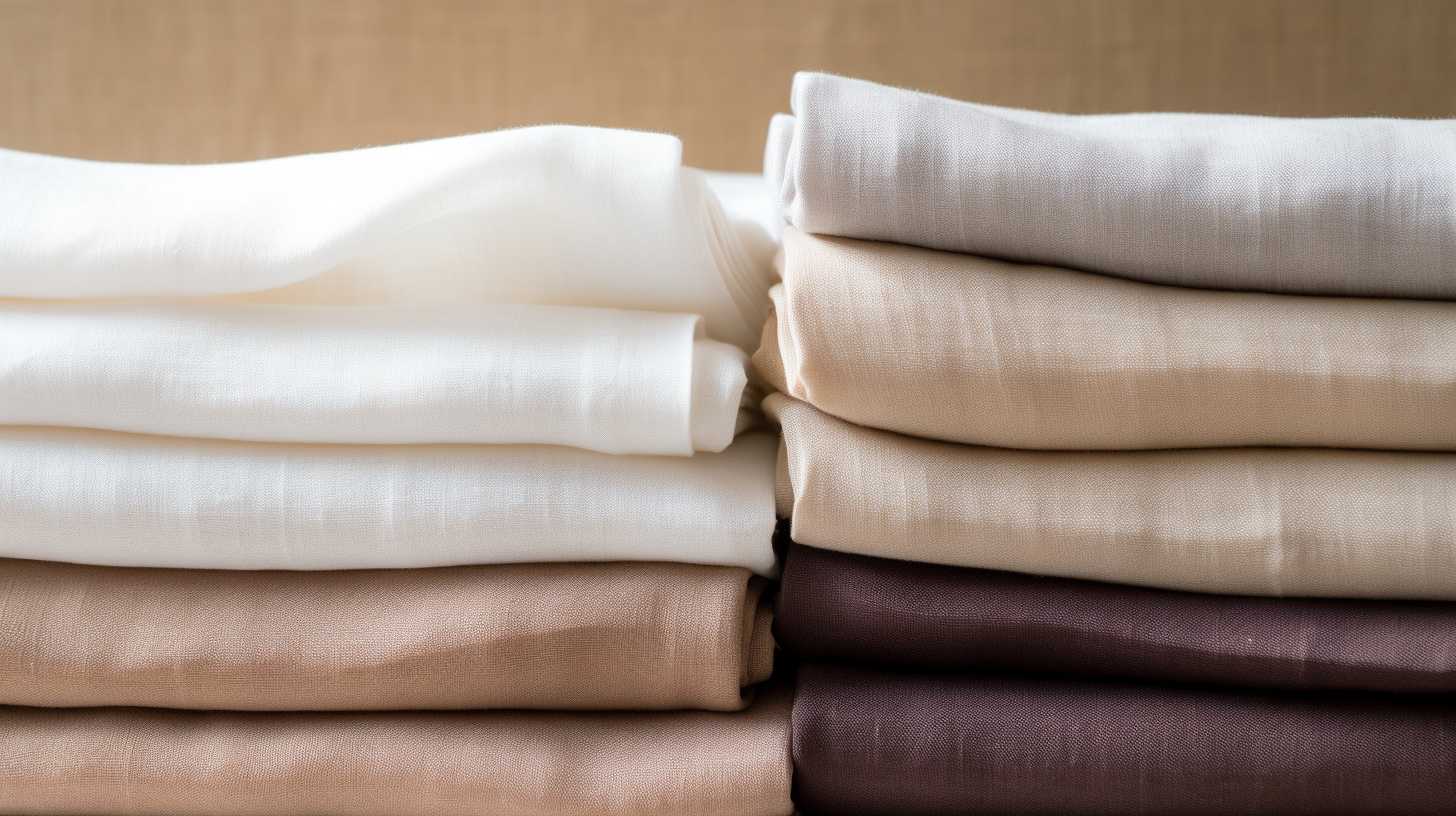
As you explore alternatives to interfacing, consider linen as another option. It’s arguably the best fabric substitute for its natural stiffness and durability. When you’re aiming to infuse your garment with both strength and an organic touch, linen rises to the occasion.
This venerable fabric boasts the robustness to maintain crisp edges and tailored lines. Allow your pieces to exude a professional finish.
Use the baste stitch on your main fabric to incorporate linen into your design. Doing so holds the layers together, ensuring your stitches are neat and precise. As you sew, feel the satisfaction of creating a garment that not only looks impeccable but also honors a tradition of innovation.
Embrace linen, and watch your creations stand out with an understated elegance.
4. Use a fusible interfacing

Choose fusible interfacing for an optimal substitute that maintains your garment’s shape and structure. It is famous for its ease of application and effectiveness. This modern marvel binds with your fabric when heat-activated, ensuring:
- Ease of Use: Place the fusible interfacing glue side down. Cover it with a damp cloth. Press with a hot iron.
- Precision: It allows for accurate placement, removing the need for basting or pinning.
- Stability: Provides consistent support to prevent fabric distortion or shrinkage.
Fusible interfacing is the go-to for innovators who demand a polished finish with minimal hassle. Remember to test it on a scrap of your fabric first to ensure the iron’s heat won’t cause any damage.
Get ready to transform your creations with this game-changing technique!
5. Use felt fabric instead of interfacing
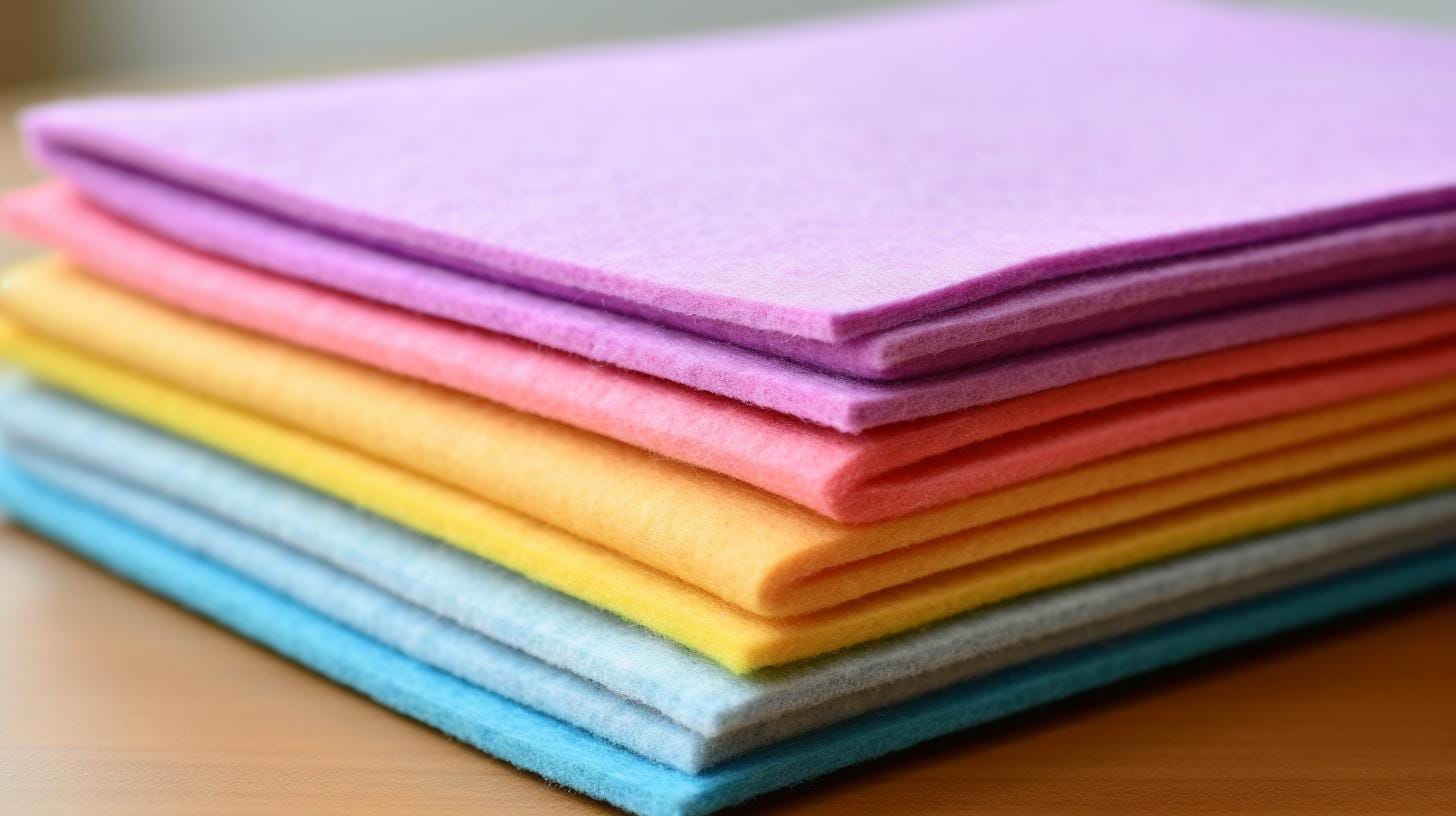
For extra stability without needing heat application, you can opt for felt fabric as a practical alternative to traditional interfacing.
Felt, a versatile and innovative solution, stands out as a stellar fabric instead of interfacing. It offers the robustness your creations demand. Whether you’re crafting handmade bags or whimsical fabric coasters, felt provides the structure necessary to elevate your design.
It’s crucial, though, to select the appropriate type and thickness, such as acrylic or wool blend felt, to ensure your project’s integrity. Remember, the felt fabric may shift the texture and appearance of your work, so consider the end goal with care.
Embrace felt as your go-to alternative for a sewing project that defies convention and radiates originality.
How to Stiffen Fabric Without Interfacing
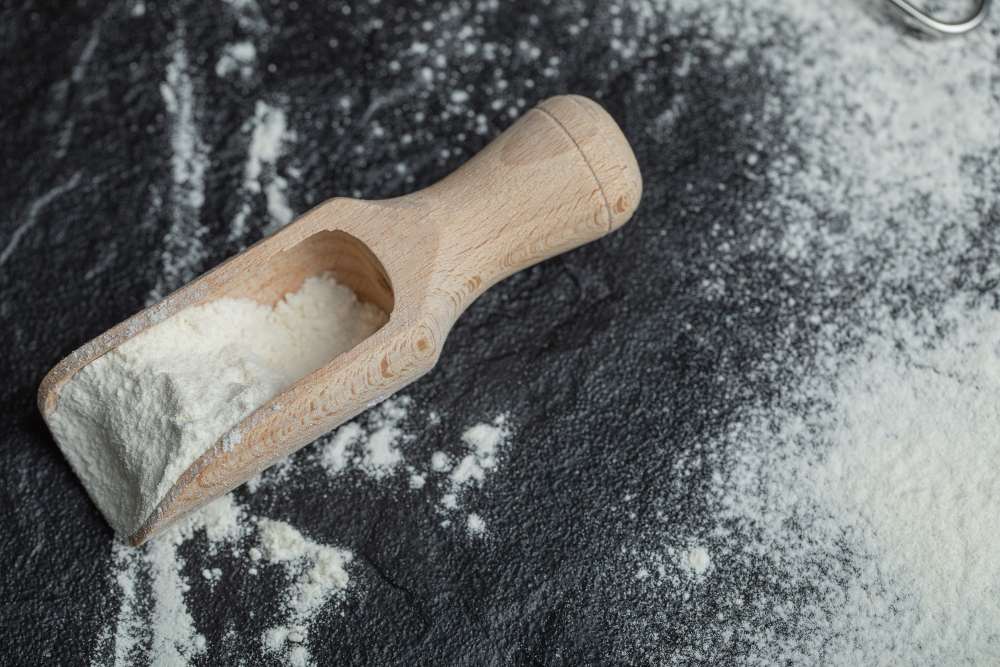
Creativity is your ally when you’re looking to stiffen fabric without interfacing. There are several practical alternatives you can use.
One innovative DIY method involves using a gelatin solution to soak your fabric. Upon drying, the fabric will have a crispness reminiscent of traditional interfacing. This technique is particularly useful for delicate projects where the texture and hand of the fabric are paramount.
Don’t overlook the power of starch! A simple spray of starch can provide that extra body to your fabric, creating a firmer hand for easier sewing. Whether you’re crafting a collar that needs to stand up or reinforcing a costume, starch is a reliable and accessible choice for achieving structure.
Embrace these creative solutions and watch your fabric transform without conventional interfacing.
Conclusion
So you’ve navigated the crafting labyrinth without interfacing, armed with alternatives like felt. Remember, matching thickness and type to your fabric is key.
You’ve added just the right body, whether glued or sewn. For stiffening without interfacing, creativity’s your ally. Embrace these hacks with caution and an experimental spirit.
Your project’s success lies in the details. Your passion transforms mere substitutes into crafting triumphs. Keep crafting, keep innovating, and let your imagination lead the way.
Learn more sewing tips on Longan Craft Blog! Dive into the fabric world with Longancraft!
More to read:
Easy Guide On How To Sew Sequin Fabric
9 Super Easy Tips To Sew Stretch Fabric
7 Easy Tips On How To Sew Mesh Fabric
Master The Essential Basics: 10 Beginner Sewing Skills You Need To Know
How to Cut Fabric Straight: 7 Perfect Methods Using Scissors
Recomended Product:
